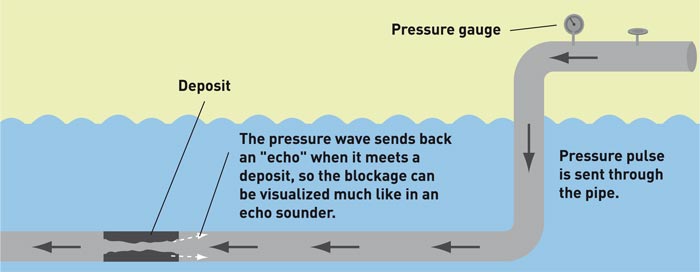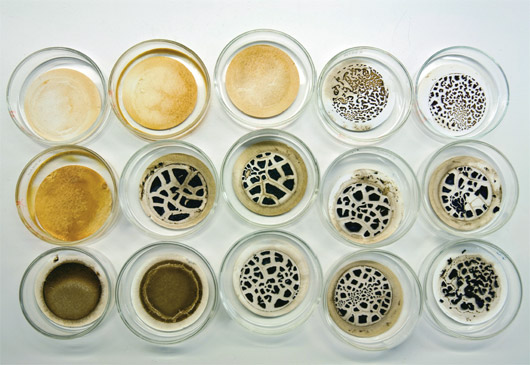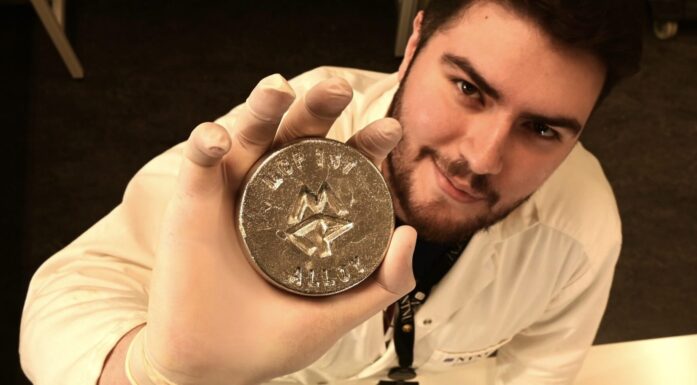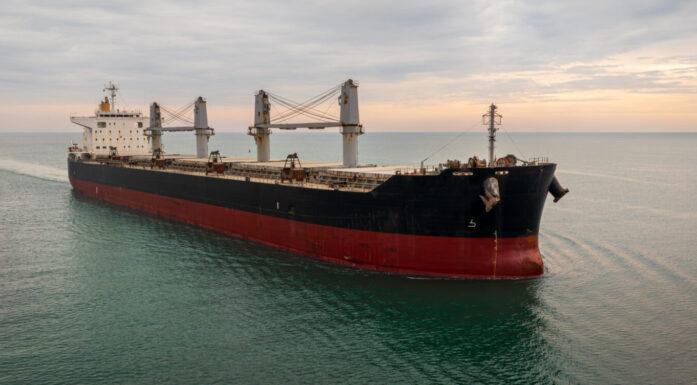Finding the plug
A pressure pulse through a pipeline can locate plugs, saving oil companies a lot of money.

TIME IS MONEY: Pipes that are blocked often must be shut down using today’s technologies. With the pressure pulse method, oil companies can save money.
Illustration: Mads Nordtvedt
More and more oil extraction takes place on the ocean floor – not the easiest place to reach when it comes to maintaining and repairing pipelines that do not function the way they should. Researchers at the Norwegian University of Science and Technology have developed and patented a new technique called the pressure pulse method for finding plugs in oil pipelines on the ocean floor.
Robots in pipes
Wax deposits are currently the largest unsolved problem in underwater oil production. Oil that is sent from a platform cools down when it passes through pipelines on the ocean floor; as a result, deposits build up along the interior of the pipeline.
Currently, when the flow through the pipe is restricted, the pipeline is shut down, and a robot (called “pig” in the oil industry) is sent into the pipe to crawl its way through. Now and then these robots get stuck because they encounter obstructions that are simply too large for them. The operator then has to close off the pipeline and reverse the pressure, so as to get the robot loose. Sometimes the robot has to travel a long stretch of pipeline before it finds something to get started on. Both situations can take quite a long time.
Time is money in the oil industry, and lost production time can quickly become a costly affair. If a platform is closed for a longer period of several months because the pipelines are shut down, the costs can top NOK 10-100 million.
Water hammer
Professor Jon Steinar Gudmundsson, who developed the pressure pulse method, explains that he came up with the idea after he observed the shut-down of a geothermal well in Iceland.
”When a well like this is closed with the help of a quick-acting valve, a pressure wave is created. I realized that this pulse could be used for something constructive,” Gudmundsson explains.
The method is based on a seismic principle and is similar to an echo-sounder: A pressure pulse is sent out and the return signal is measured. “The principle is the same as what we call a ‘water hammer’. That’s the bang you hear in a washing machine or a dishwasher when the flow of water to the machine is shut off quickly,” he says.
Mapping with sound
The reflected sound waves from the sound pulses can be measured easily. The measurements can then be used to create a map of the inside of the pipeline. Such a map can show where the pipe narrows, and where the deposits are so thick that they restrict the pipe. The information helps operators choose the best possible method for clearing the pipe.
Professor Gudmundsson’s idea uses existing valves and installations to measure pressures. The only thing that needs to be done is to close the valve quite quickly, which creates the pressure wave.
Markland Technology AS has been spun off from NTNU to sell the method to large oil companies, and has met with considerable success, says Gudmundsson. The business has been developed by Markland Technology AS, where Harald K. Celius is managing director.
By Tore Oksholen





